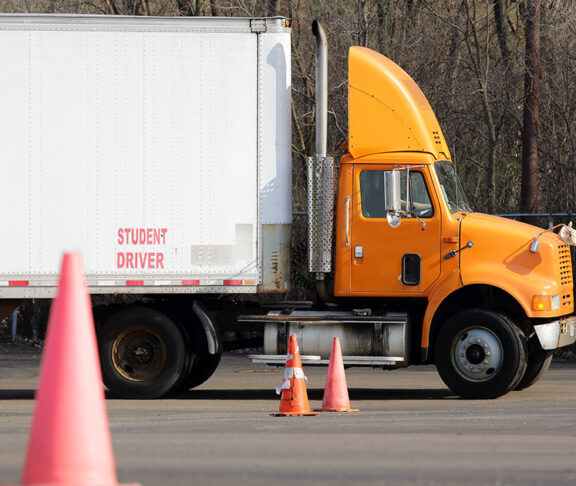No one wants to work a job where they start the day wondering if they will even survive it, but that’s the reality for truck drivers every day. Highway safety is of the utmost importance to the vast majority of truck drivers.
Truckers average 100,000 miles a year, spending more than 150 nights away from home, delivering the goods consumers and businesses depend on. One of the most basic necessities for truckers is a safe place to sleep for those 150-plus nights away from home. Yet, they have endured a decades-long crisis of truck parking shortages.
That is just one of many safety-centric issues the Owner-Operator Independent Drivers Association (OOIDA) has identified that are making truck drivers’ jobs more dangerous.
“With research indicating there is a single parking spot available for every 11 trucks on the road, the lack of available spaces forces truckers to choose between parking in a potentially unsafe location or continuing to drive while they feel fatigued or are out of available time under federally mandated hours-of-service regulations,” OOIDA President Todd Spencer recently wrote in comments on a national freight plan. “This not only potentially jeopardizes their own safety but also the well-being of the motoring public.”
Avoiding accidents on the road is equally important. Crashes involving large trucks have not shown a significant decrease in recent years. There are many factors contributing to that.
A fundamental, commonsense solution is to increase driver training requirements for drivers seeking their first commercial vehicle license. Currently, federal regulations do not include behind-the-wheel training. For perspective, to obtain a cosmetology license in Missouri, students must complete 1,500 hours of instruction and a 3,000-hour apprenticeship program.
Addressing non-compliant drivers
Another requirement for truck drivers, which has been a regulation since 1936, is to demonstrate sufficient English proficiency for understanding road signs and communicating effectively with law enforcement. As of this year, non-compliant drivers are now put out of service, essentially shutting them down until they come into compliance.
Spencer has noted this is 100% a safety issue for all motorists on the highways, including the non-compliant drivers. He’s also said this standard isn’t about “reciting an encyclopedia” but, instead, is about meeting the standard sufficiently to operate safely on the roadways.
Another key issue OOIDA is focused on is the issuance of non-domiciled commercial driver’s licenses (CDLs), contending that there are too many loopholes exploited in the process. This results in poorly trained individuals operating 80,000-pound trucks. Additionally, the non-domiciled CDLs open the door to allowing drivers on the road who cannot comply with English-proficiency standards.
“Coming from a trucking perspective…we’ve seen lots and lots of regulations,” Spencer said during a meeting at FMCSA, “and all of these are supposed to improve highway safety and reduce fatalities, crashes, and injuries. And, you know, that’s not happening.
“At some point, I think it’s reasonable to determine the effectiveness of what’s been done so far. If we can’t show that things actually improved as a result of this [regulation], then maybe it’s the time to downscale that effort and move in a different direction based on some kind of real, logical information that would be more likely to produce a positive benefit.”

